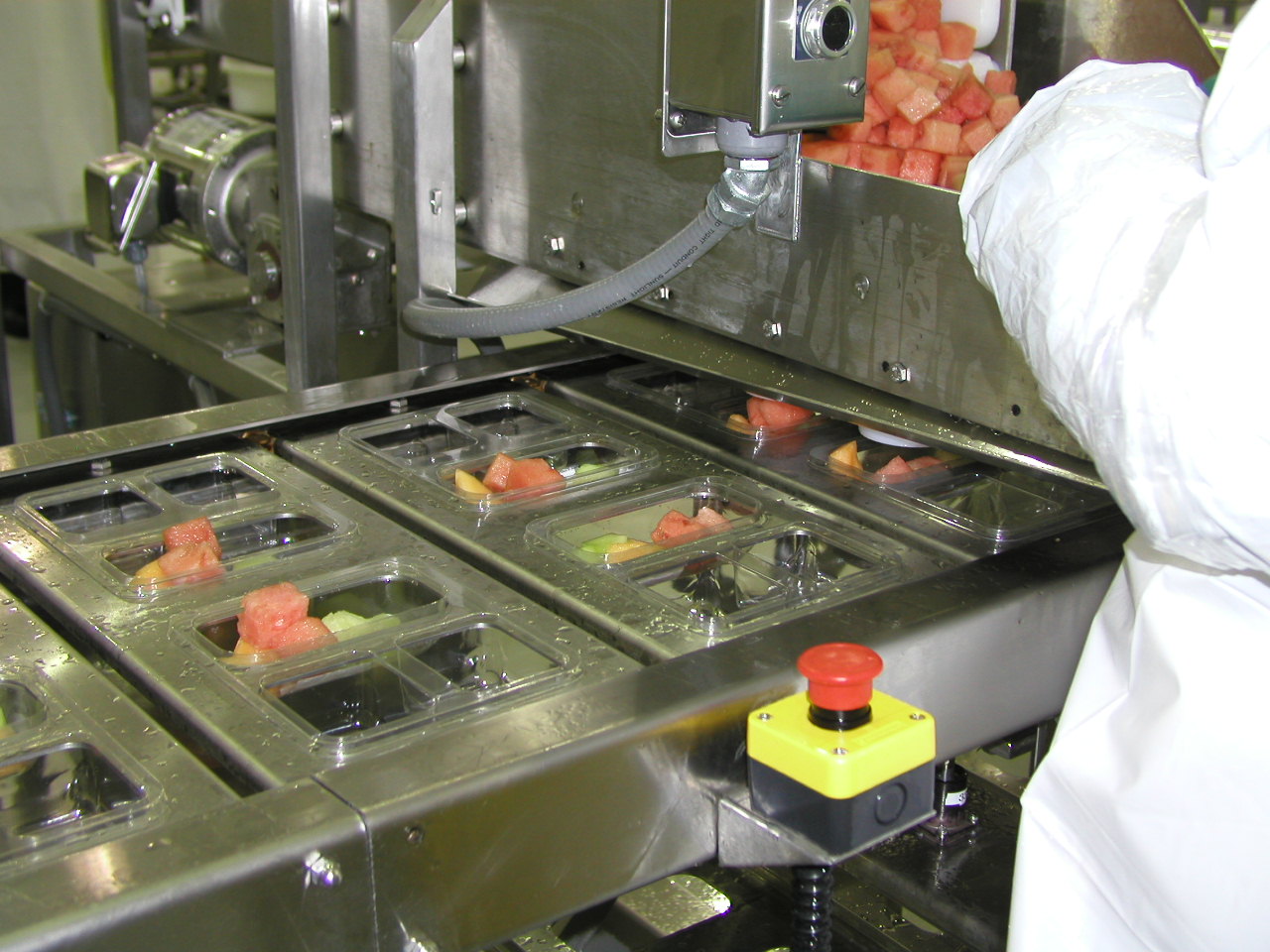Yogurt Cup Filling Sealing Machine
Yogurt cup Filling and sealing packaging machine.
Yogurt is one of the in demand product types in the fermented foods industry, so it is worth examining some of the issues associated with producing this product. ORICS Industries has many years experience and expertise in helping yogurt companies deal with industry specific issues.
Top 3 Issues For Yogurt Packaging
A grainy texture during fermentation
Fermentation time decreases when higher temperatures are set which means manufacturers can break, cool and package it faster. To some degree, it can be detrimental to the consistency or texture of the finished yogurt. Yogurt set at higher incubation temperatures can incubate to a grainy texture.
Faster acid production from the culture as it metabolizes lactose and ferments it into lactic acid can shock the inherent dairy proteins in the yogurt. Incubating yogurt at a high temperature may reach the break pH in a shorter amount of time. But the faster acid production from the lactic acid bacteria can shock the dairy proteins and make the finished texture grainy in the incubation vat or in the cup, if it is set in the cup.
Setting the yogurt at a lower set temperature will produce acid at a slower rate, with less probability of shocking the dairy proteins.
Yogurt is too tart
Yogurt that is too tart is counter to any marketing objectives. How does this yogurt become too tart? Manufactures sometimes disregard anticipating at what pH the yogurt should be broken and cooled. Manufacturers often need to break the yogurt at a higher pH in order for it not to go below the desired pH by the time the yogurt is packaged in the retail cup, cased, stacked and cooled in the cooler.
The solution to this problem is to simply raise the break pH to allow less of a pH drift downward by the time the yogurt has cooled, been mixed with any added fruit and sugar, and it is finally cooled down in the finished retail package.
A grainy appearance
A grainy appearance is often cause by starch selection. Many starches can have a grainy texture if they are not fully cooked out and swollen. Starch exists as tiny “granules” that swell and enlarge in size, which develop viscosity as they tie up or bind the available moisture in the dairy product. Milk contains 87% water, and plain sweetened yogurt in fact would have about 76% available water, depending upon the fat level and the total solids level.
Under cooking the starch can result in a grainy texture in the finished yogurt. The yogurt will have a coarse look to it. It may appear dull and not have a shiny look to it as well.
Choose another starch or increase the cook-out temperature of the starch by pasteurizing the yogurt at a higher temperature. If the starch is part of a stabilization system, it may be necessary to work with your supplier to change the starch portion in the yogurt stabilizer if you feel a smoother starch is necessary.
Cultured dairy products are complex and require strict attention to detail in order to have the best-quality product your dairy can produce and put in front of the consumer.
ORICS has designed many machines and systems to help yogurt manufacturers deliver consistent, quality results in the product quality, taste, texture and shelf-life.
ORICS automated yogurt cup filling sealing machine, full packaging solution for yogurt cup.
All ORICS Machines are engineered and fabricated in our Facility at 240 Smith Street Farmingdale, NY.
Tel: 718-461-8613


